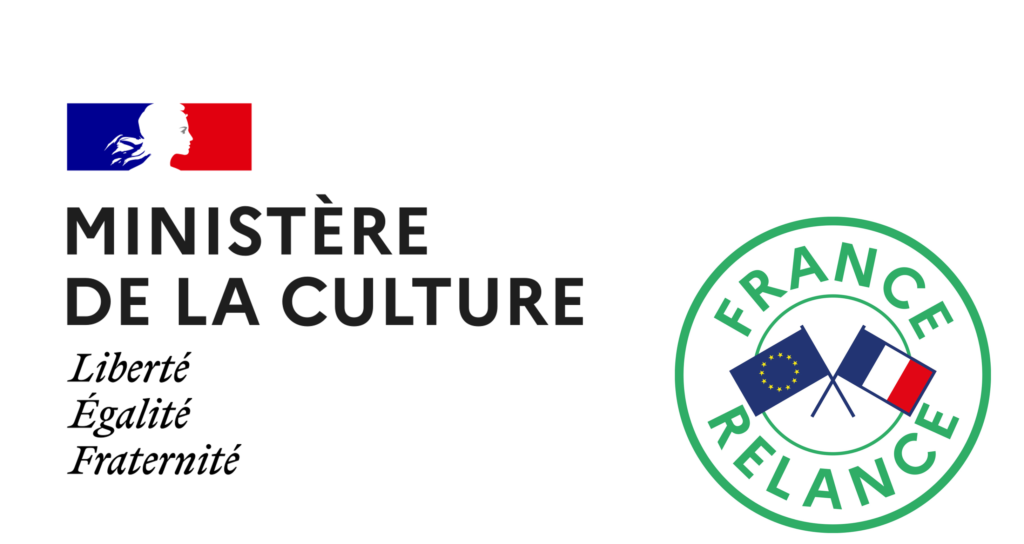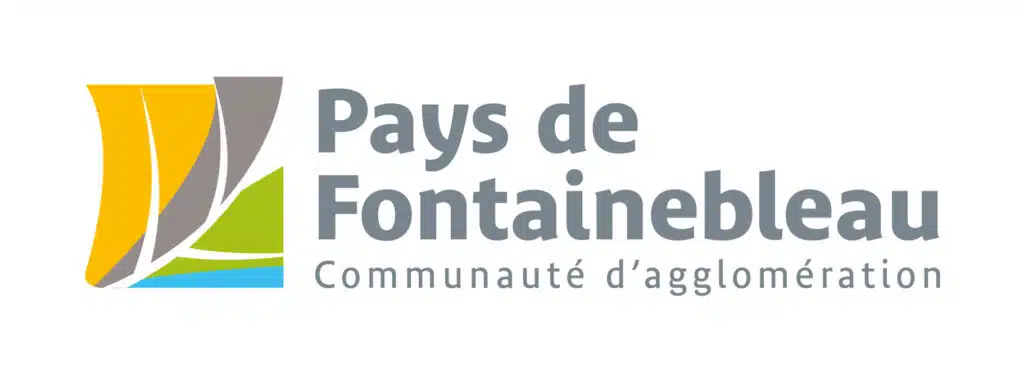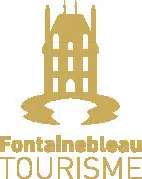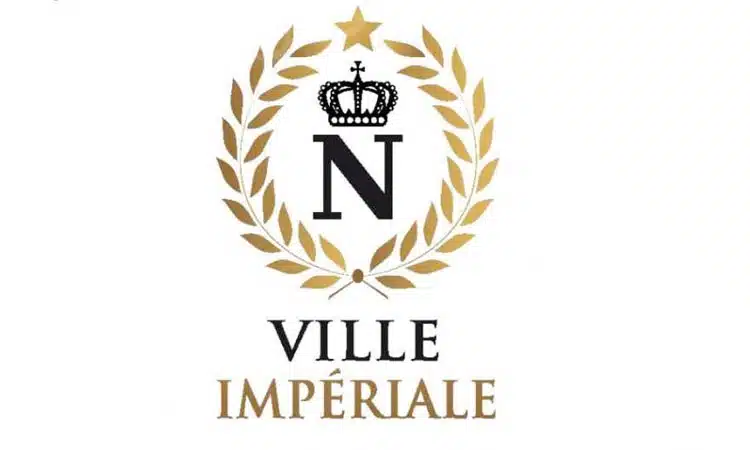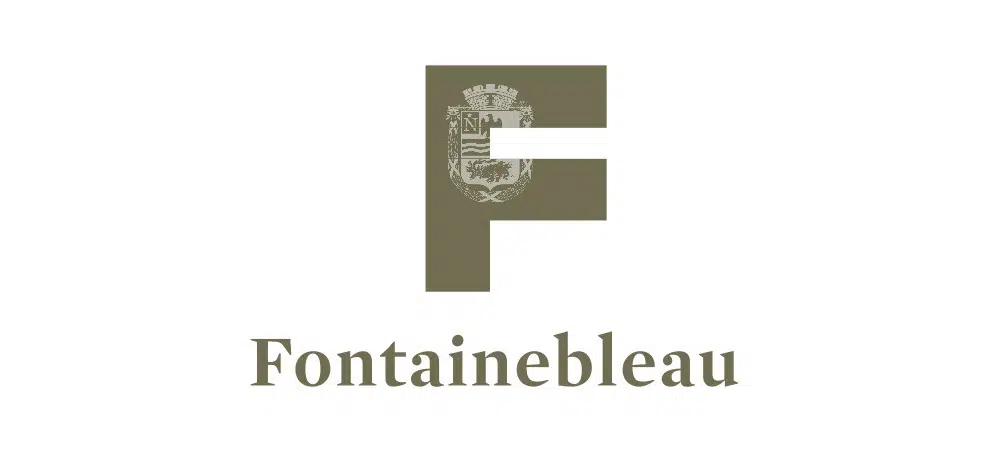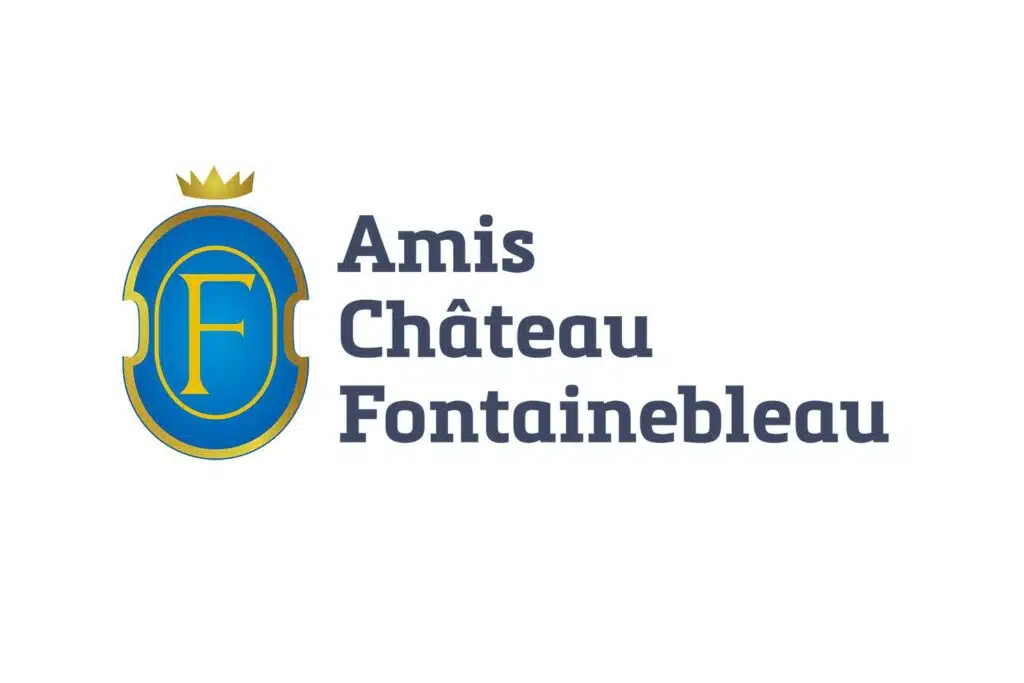1. A summary of History of France
Fontainebleau is not just one monarch’s palace, it belonged to them all. 34 kings and 2 emperors passed down from generation to generation from the Middle Ages to the 19th century. 800 years of History took place within the walls of this Chateau, becoming the “True home of kings, house of centuries“, as Napoleon I liked to call it. Inhabited by great historical figures, like Catherine de Medici, Louis XIV or Marie Antoinette, the Chateau de Fontainebleau is an outstanding testimony of History.
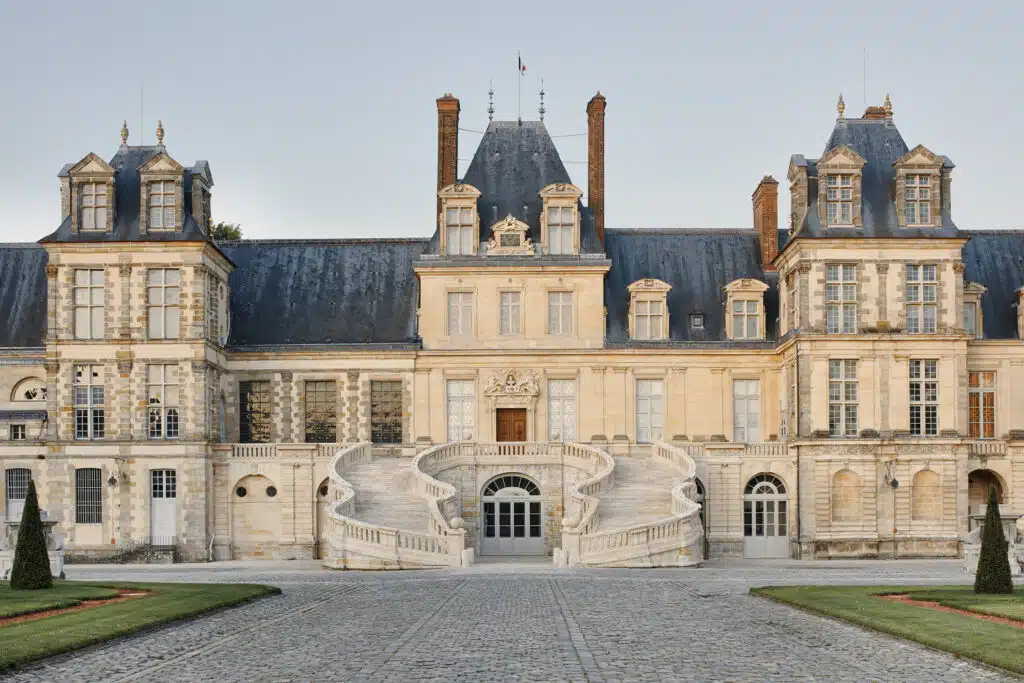
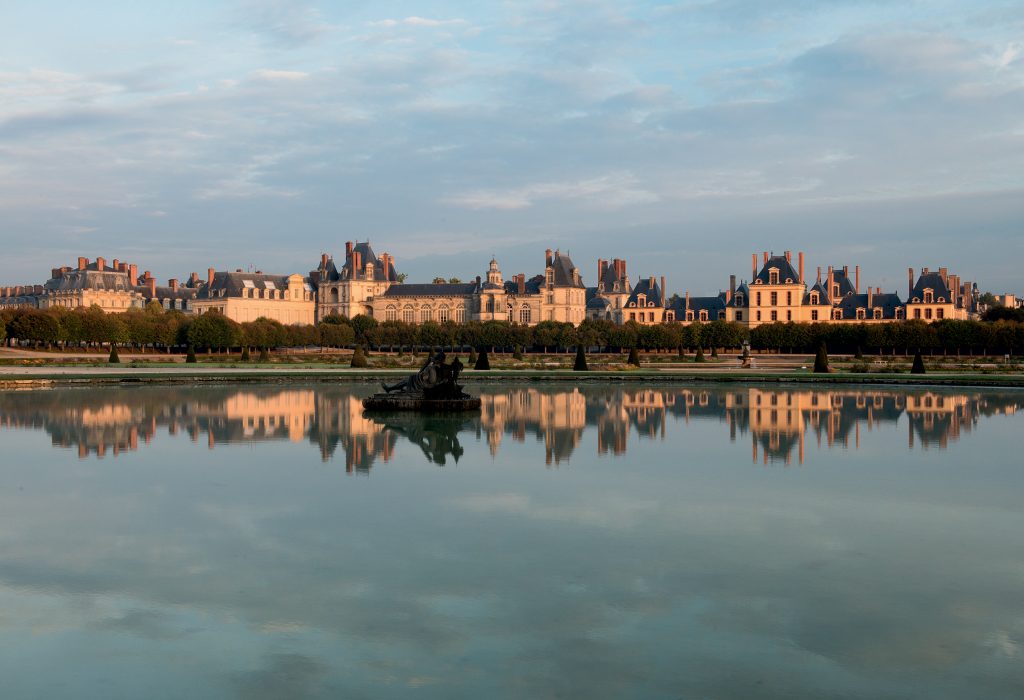
2. A monument designated a UNESCO World Heritage Site
Since 1981, the Château de Fontainebleau and its domain are designated a UNESCO World Heritage Site. The registration on that list sanctions the universal and exceptional value of a cultural or natural property so that it is protected to the advantage of Humanity.
3. 130 hectares of park and gardens
Sitting in a 130 hectares estate, the various buildings forming the château are spread over four main courtyards, three gardens and a park. The gardens, as well as the buildings, are plentiful and varied. The Diana’s Garden and the English Garden, designed under Napoleon I, adopted English landscape styles. The Grand Parterre, designed by André le Nôtre, offers a totally different experience in terms of space and perspectives. It extends, beyond the Bassin des Cascades, with a long park that Henri IV’s Grand Canal cuts through for its entire length.
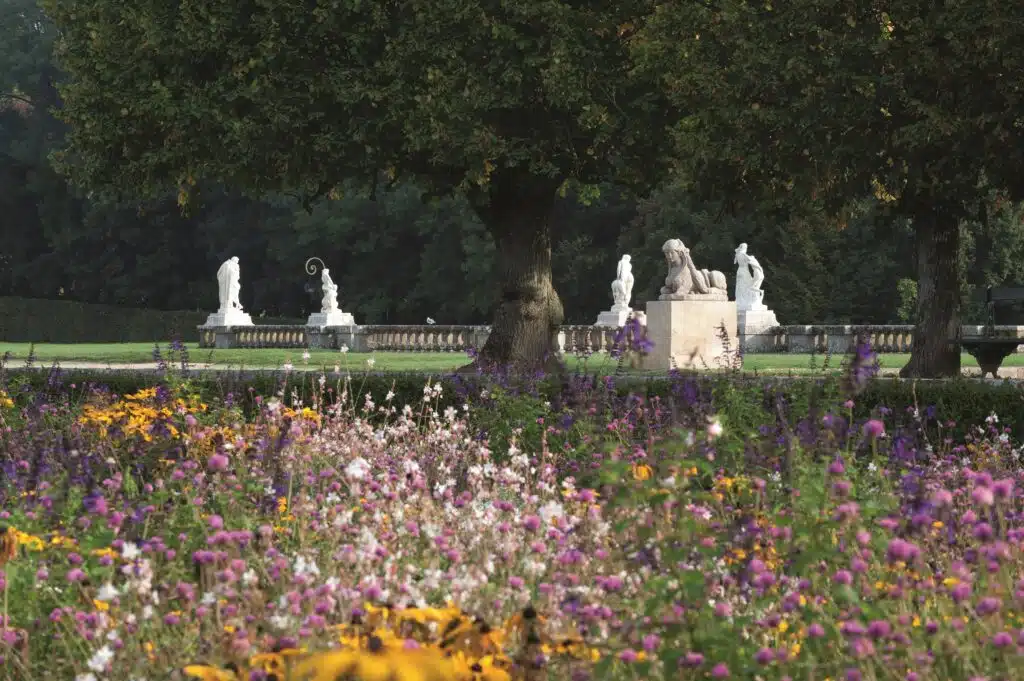
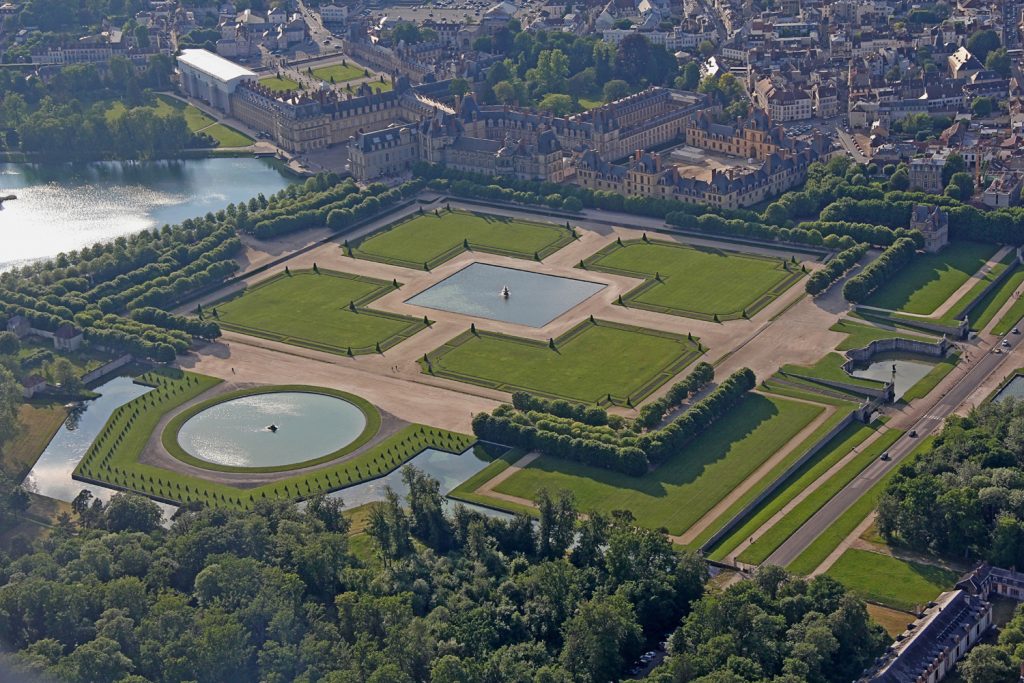
4. The largest Parterre in Europe
The creation of the Grand Parterre between 1660 and 1664 – the largest in Europe (14 hectares) – by André Le Nôtre and Louis Le Vau, reflects Louis XIV’s desire for open spaces at Fontainebleau. In 1817, a square pool, known as the “pot bouillant” was added to this French-style formal garden at its centre while to the south, on the forest side, a statue of the Tiber was added to the round pool. Since the time of Louis XIV, four sandstone sphinxes, goddesses with bodies of lions sculpted by Lespagnandelle in 1664, have marked the boundary between the Parterre and the park.
5. One of the most furnished Chateaux in Europe
Furnished throughout centuries, pillaged during the French Revolution, refurnished by Napoleon I and Joséphine to receive Pope Pius VII, and continuously enriched by his successors, the Château de Fontainebleau has an extraordinary historical object collection. Today, more than 40,000 works of art are present there: period furniture as well as paintings, frescoes or original artefacts. The richness of its collections allows to furnish each room according to the cultural season, like the Boudoir d’Argent: it is furnished sometimes under Marie Antoinette’s period, sometimes Josephine’s or also under Eugenie’s period.
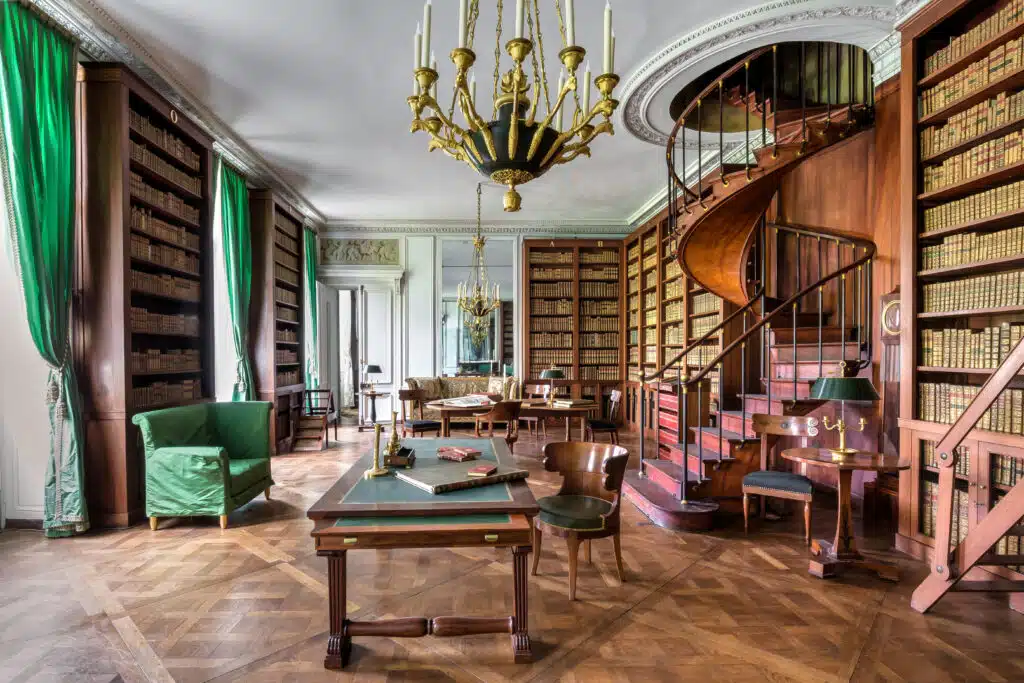
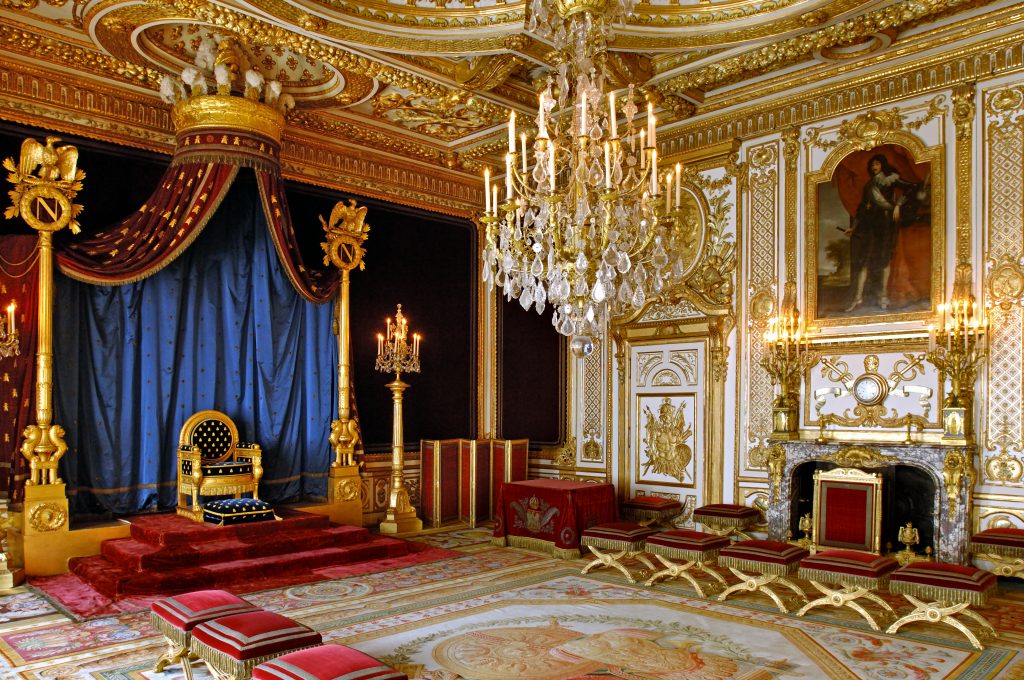
6. The only Throne Room perserved under its original state in France
The Throne Room of the Chateau de Fontainebleau is the only historical throne room preserved in France. The King’s bedchamber no longer looks like it did in the Ancien Régime: after the Revolution, in 1808, Napoleon I turned it into a Throne room. The throne took the place of the bed in the alcove. The purple dais with its golden bee motif is an impressive setting representing Napoleonic symbolism: an imperial monogram, eagles from antiquity and laurel crowns reflect Napoleon’s desire to display, using heraldic language, his power at the very core of the “house of ages”.
7. An exceptional testimony of the French Renaissance
The king Francis I desires to make his residence a ‘New Rome’. For this, he adorns the Chateau de Fontainebleau with the finest apparels of Renaissance. Within the Ballroom – mentionned by painter Ingres as ‘French Vatican’-, the Francis I Gallery or the hall of the Golden Gate, paintings, woodworks and sculptures merge and make the Chateau an extraordinary artistic centre, called the ‘School of Fontainebleau’. Famous painters like Rosso Fiorentino and Primaticcio, created great décors and an artistic style that was completely new in France, making the Chateau the cradle of the French Renaissance.
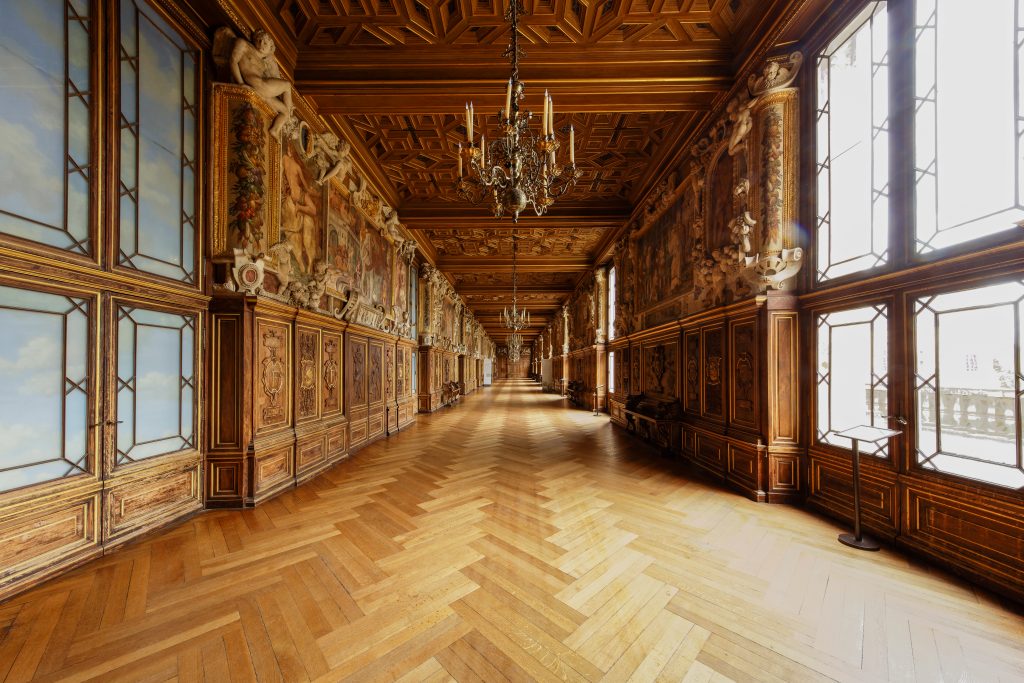
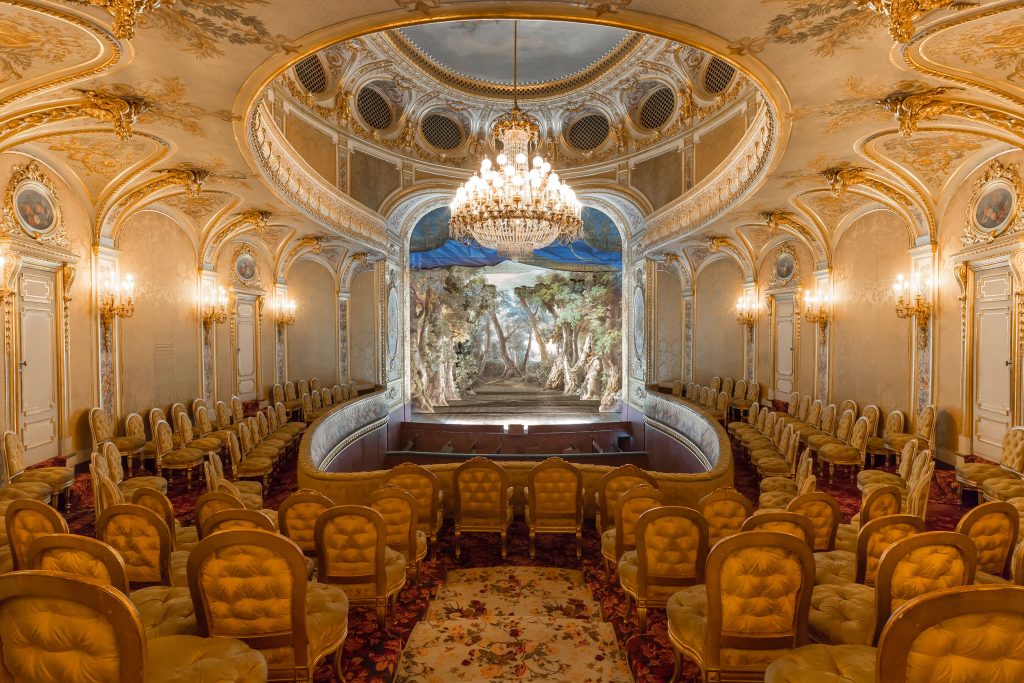
8. The Imperial Theatre: last court theatre of the Second Empire
In 1853, Napoléon III and Eugénie decide to build a new theatre at the Chateau de Fontainebleau. A 400-seat hall is designed and inaugurated in 1857. It bears testament to a court theatre that has preserved all its historic features, unique case in France.
9. The Horseshoe Staircase: the Chateau’s emblematic icon
The Horseshoe Staircase was built between 1632 and 1634 and is an unrivalled architectural achievement which very quickly became an architectural benchmark imitated throughout Europe. As the scene of Napoleon I famous farewell to his guard on April 20th 1814, the Horseshoe Staircase has gained legendary status and become the emblem of Fontainebleau.
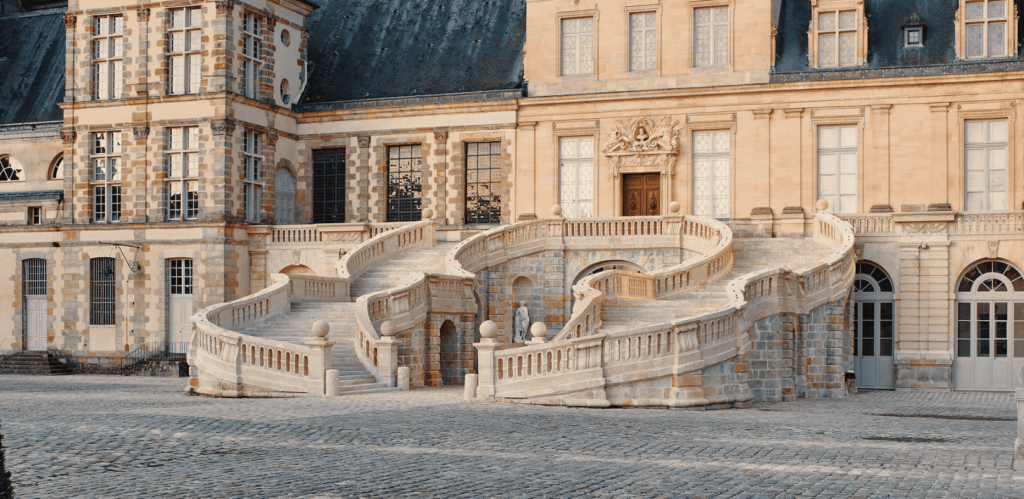
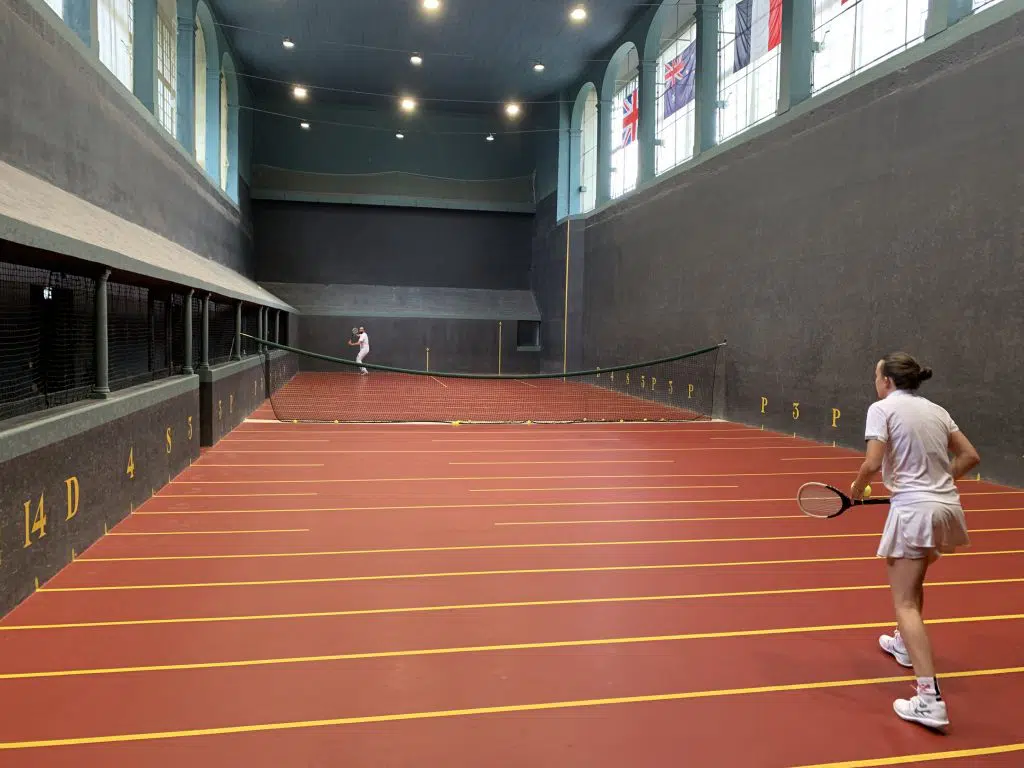
10. A historical jeu de Paume (real tennis) room
The Chateau de Fontainebleau owns one of the rare historical and still active jeu de Paume courts in France. Henry IV like other sovereigns and the best players of their time, played memorable matches on that court. Do not hesitate: you can also try and play a match!
Key figures of the Chateau:
